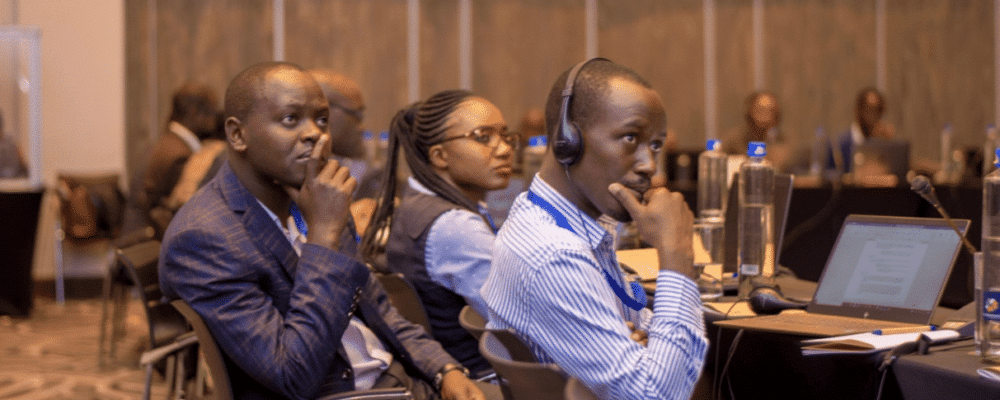
Authors of the World Bank report ‘Accelerating Poverty Reduction in Africa‘, Luc Christiaensen and Kathleen Beegle, have spent the past weeks sharing their valuable findings with a wide range of stakeholders around the world. These events sparked some important debates on how to prioritise, manage and implement the report’s recommendations. Building upon last month’s seminar in the Netherlands, here we share the main insights from the event which brought the report to the African continent.
In November, INCLUDE co-organised a presentation of the report by Christiaensen and Beegle, followed by a dynamic panel discussion and Q&A session. The conversation honed in on how to translate the technocratic solutions found in the report into feasible and effective pro-poor policies. The political economy issues involved in putting small-holder farmers first and enhancing the fertility transition were raised, along with debates on how to create the political and fiscal space needed for change and how to prioritise strategies for poverty reduction in Africa.
On 3 December 2019, Christiaensen presented the report at the 51st Biannual research workshop of the Africa Economic Research Consortium (AERC) in Nairobi. The Q&A session at this event addressed more the questions of how to embed the report’s recommendations in different local contexts and sectors which could support the poverty-reducing capacity of growth and fertility reduction. The following key points were made:
- Redistribution is dynamic, and uniform recommendations will not work. Redistribution should be linked to a country’s fiscal space and changing economic conditions. For example, resource rich countries could achieve greater redistribution by leveraging rents from natural resource. Moreover, once redistribution is implemented, it is often difficult to revoke (for instance, the withdrawal of subsidies in France led to public outcry), establishing alternative livelihood strategies, communication and cooperation among key actors is key. However, because a country ‘cannot redistribute its way out of poverty’ (look at South Africa, which has many redistribution schemes, but remains highly unequal), more investments should be made in public goods to improve capabilities.
- Conflicts lead to poverty and make it difficult for individuals to improve their livelihoods. Cases of increasing internal conflicts in some African countries were cited. Conflicts destroy assets, livelihoods, undermine investment in rural areas, and prevent exploitation of market opportunities. It is difficult to achieve sustainable reductions in poverty without addressing conflict through preventive strategies and risk management systems during disasters.
- The role and management of informality must be considered. Low productivity household enterprises are unlikely to create jobs, but formal enterprises (defined by registration) have more job creation potential (look at the World Bank enterprise survey in Ethiopia).
- Harnessing the poverty, fertility and demographic transition. Fertility rates among the world’s poor have been reducing at a slow rate. It is still not clear the cause-and-effect between household size and poverty (namely, if ‘households are poor because they have a lot of members, or households have many members because they are poor’) and how demographic change will impact poverty in the future. Although demographic transition is associated with a higher share of working-age people, a potential challenge is when they have no jobs. From this view, other accompanying measures aside from fertility reduction are required to eliminate poverty. The demographic dividend is linked to quality of education and not just the proportion of people of those who join the labour market. In this regard, addressing inequalities in education is key.
- Addressing poverty dynamics. Investment in growth has not been adequate to help everyone escape poverty or prevent falling back into poverty. Growth is an aggregate value and its effect on poverty depends on which sectors experience growth and where individuals work. Ensuring that the poor get a higher share of the benefits from overall growth and that their incomes grow relatively quickly is essential for inclusive growth and poverty reduction.
